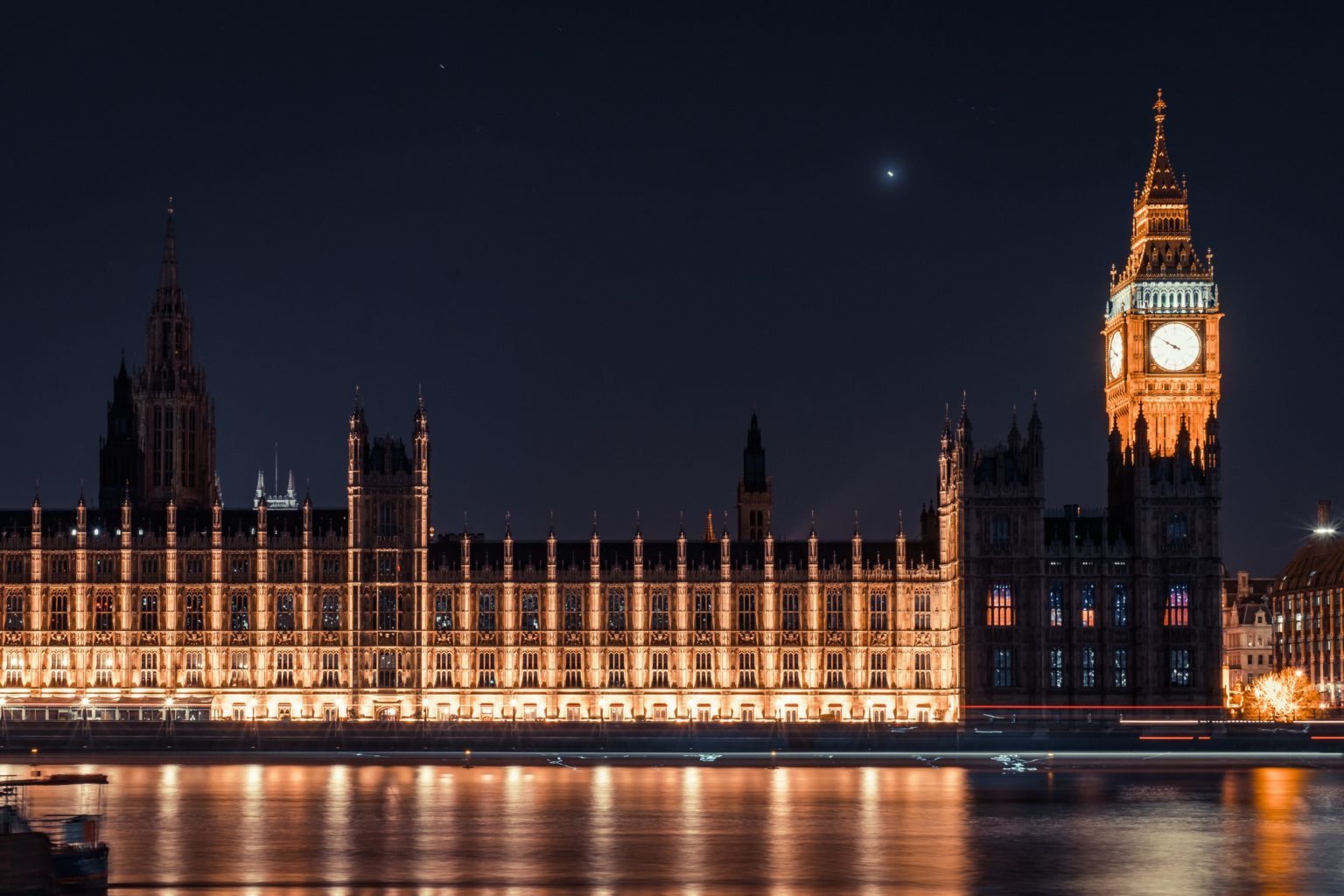Breaking down the Budget: What’s Next?
Following a rollercoaster 2016, which saw the UK announce its surprising intention to exit the European Union, Prime Minister (David Cameron) quit hours later, setting up of new government departments. A backstabbing leadership contest followed, where Vote Leave’s eccentric Boris Johnson and the cunning Michael Gove stunned the political scene. A second ever female Prime Minister and some rather interesting rhetoric about the UK’s unity and place in the world later, we have reached the momentous Autumn Statement.
The seismic result, the British public woke up to on the morning of the 24th June, sent shockwaves across the political world. The Brexit campaign had resulted in the economy being the main flavour for debate, with conflicting opinions and no reliable predictions to back it.
One had to wait till the Autumn Statement in order to see realistically what challenges the economy might be tackling in the coming months and years, regardless of the ideological approaches at the heart of government policy.
Crucially, the implications for Brexit dominated the analysis around Hammond’s words. Rather worryingly, the HM Treasury forecasts government finances to be worse off by £122 billion in the period ending March 2021 than before, whilst debt will rise to 87.3%, compared to 84.2% this year, rising to 90.2% in 2017-18.
This suggests the government is fearing the worst with the ‘hard’ Brexit many commentators predict after Theresa May’s consistency around the type of deal achieved with the EU.
Hence, there will be borrowing of £68.2bn this year, then £59bn in 2017-18, £46.5bn in 2018-19 and £21.9bn in 2019-20, whilst public spending will fall by 5% to 40%. Economic growth has been downgraded for next year to 1.4%, a steep decline from the 2.2% originally predicted.
Such spending habits have been received as unsurprising, given Mr Hammond’s Whitehall reputation as a fiscal hawk.
Looking at the social justice Mrs May would like to improve, the new tax allowance will be £11,500, coming into effect from April, whilst National Minimum Wage will rise to £7.50.
Furthermore, as expected, Mr Hammond has announced huge stimulus in infrastructure spending such as £3.7 billion in housing, £1.1bn on local transport networks, and £23bn on innovation.
Many economic commentators, such as Martin Wolf of the Financial Times, have called for infrastructure spending, labelling it as an efficient and essential economic policy to boost growth, especially in the wake of slowing emerging markets, and now Brexit. Nevertheless, it will have to be closer to 2019 that one will be able to see how the economics of this Conservative government will play out.
No matter how early and how much the economy can brace itself, depending on the severity of the Brexit deal negotiated, the economy’s condition will be the legacy of Mrs May’s government. Is this outline going to be enough to stabilise it regardless of what goes in in Brussels? She has 4 years to adjust accordingly, but it will always be a nervous ‘we’ll have to wait and see.’

Comments